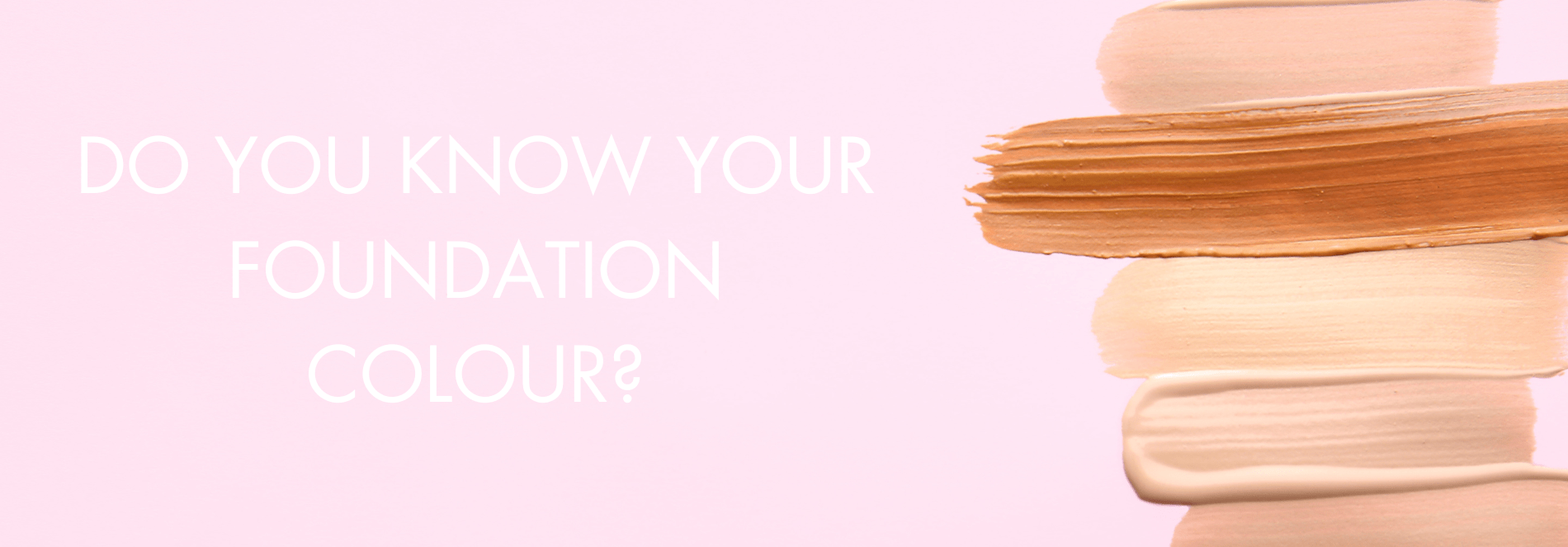Samples & Trials – musings of foundation selection.
The current situation has brought the use of in-store testers to a screeching halt, leading to retailers & beauty brands turning to promotions to bring in consumers and clear inventory. At the same time, in-store and online, the use of AI, VR, or similar technologies has come to the forefront as the product recommendation tools for colour cosmetics. Bravo! But then, scepticism rears its head.
One wonders about the tool’s reliability and its resulting product recommendation; can one genuinely believe it is an exact match to your skin without testing it on your skin? I find that AI shade finders are not that accurate. Think about it – every time we take a selfie, we either love or hate it; we look different depending on location, lighting, mood, makeup application, angle, etc. The results delivered differ based on the different conditions.
Based on this, would you accept the results without question?
Colour cosmetics, unlike fashion brands, is very much an analogue experience. One needs to try the product on one’s skin, as it all depends on texture, skin type, under-tones, etc. It takes trial and error, and experimentation to get it just right and how you like it. That just cannot be done online or with these virtual apps that are so the rave nowadays.

How do you choose the matching foundation?
Let’s take the issue of undertone; for example, do you even know what your is? Well, I don’t. My mix of Asian and Caucasian skin is so patchy, like a checkerboard. I would say it is peachy, but why do I look like I just woke up from the dead? Anyone’s skin isn’t just one even colour—it varies depending on what lies beneath the surface, how thick or thin it is, pigmented or not, etc. Not many people even know their skin type…80% of the cosmetic-wearing population don’t.
Enter to centre stage: the Phygital experiences in cosmetics.
Oh dear, now what? Our “new normal” seems to be filled with new (albeit exciting) vocab. Phygital is a strange but apt word that describes a physical brand experience that works in conjunction with a digital component – or vis- e vis. Adapted as an omnichannel marketing approach, it works with all marketing channels to give shoppers an utterly seamless experience.

Let’s cast an eye on the cosmetic element of these new times. Earlier brands would offer sampling or sample kiosks, bars, and counters where you could try any number of shades and looks. I, for one, used to enjoy moving from counter to counter, trying out colours and shades, or even having some of the lovely beauty advisors try out new looks on me, even if I could not afford them. Yes, yes, I know, not good. But as a teenager, what fun! Well, now, with hygiene and social distancing, that is a big no-go. The last time I went into a beauty store, I all but had my fingers smacked. No Touch! That is the new normal. How do they expect me to pick my product? Ok, if I knew what worked, sure, that would not be a problem, but what happens when they run out or don’t carry it anymore? Yikes!
I find that trial is the key driver to purchase. You need to try at least three shades to find your match; one is just insufficient. That many tests would need that many samples to be handed out. It could get pricey for the brand.
Conventional testers are becoming a thing of the past. Now, I expect not only digital innovations but also ways to overcome the testing/sampling issues to address hygiene and safety. Without it being a burden on the brand. At the same time, the consumer gets the best option of trying multiple shades and making the best choice for themselves.
A shade finder that is easy to use (on one’s skin), with various colours, easy to store and distribute, and cost-effective with an element of PHYGITAL that is a win-win… right?
Written by:
Janat Soomro;
VP of Demo Development





